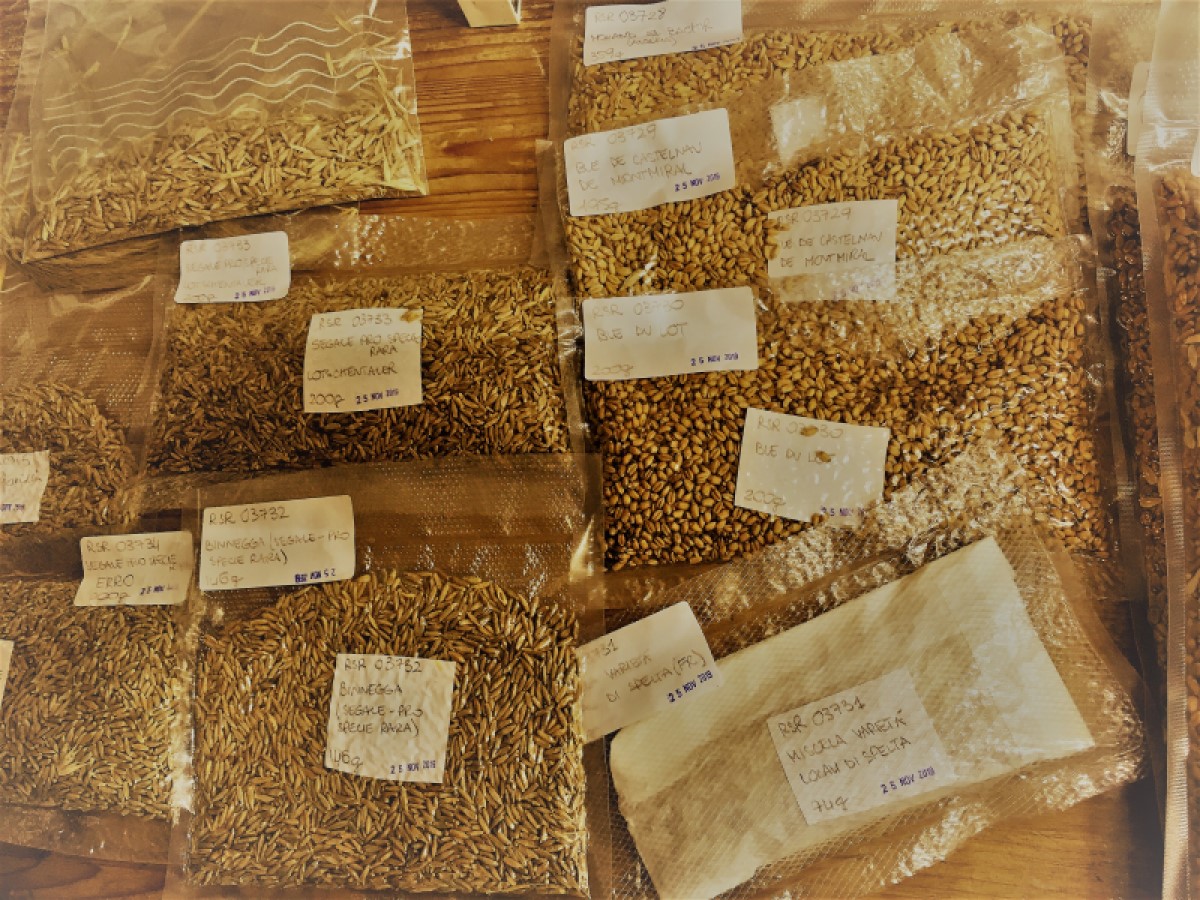Dynaversity 2nd annual meeting took place on 2-3 December 2019, at the Waldensian Lodge in Florence.
The Foresteria of Valdese in Florence is a unique place in the centre of the Oltrarno district of Florence, in a fascinating Tuscan mannerist palazzo. It houses the Gould Institute founded in 1871 by the Waldensian Diaconia that supports disadvantaged children with programmes that develop skills, talents and aspirations. Moreover, the Waldensian Diaconia manages social and welfare services for the elderly, minors, migrants, refugees and disabled people, without discrimination towards physical appearance and cultural, gender, or religious traditions, political opinions, or personal and social conditions. A perfect place to discuss our yearly achievements, completed deliverables and how we will reach a shared understanding of our DYNAVERSITY approach by the end of the project (31 October 2020).
After the introduction by the coordinator, Daniel Traon, from Arcadia international, we discussed 21 Dynaversity case studies summarised by Corentin Hecquet, from Seed, highlighting main obstacles in the creation and development of new networks aiming at valorising genetic resources:
• Barriers created by the European legal framework;
• Limited of financial resources;
• Lack of a single language; and
• Lack of links between the different stages of the supply chain (linking the plate to the seeds).
Each of these obstacles has consequences on the construction and governance of any network of cultivated biodiversity, whatever the scale of this network is.
Then, Gea Galluzzi, from Rere Semi Rurali, presented the global policy landscape around plant genetic resources, including the evolving concept of genetic resources conservation, European PGRFA programmes and actors. The discussion reflecting on the Dynaversity approach extended to how to involve seed movements and networks, on farm actors, as the representatives of dynamic management of PGRFA to systematically integrate crop wild relatives, and work closely with in situ conservation actors, such as national parks or protected areas.

Matthias Lorimer and Elisabetta Tola from formicablu introduced the plan of the final map that could best present the dynamic management actors, in situ and ex situ conservation institutions. Riccardo Bocci, from RSR, gave a lightning talk on the seed systems approach. Finally, Mathieu Thomas from CIRAD introduced how to foster the link between in-situ and ex-situ conservation. The Annual meeting also gave time to focus on internal activities, revising the WPs’ progress, the events ahead in 2020, the coordination with Farmers’ Pride and the final event.
On the second day, we discussed the challenges and bottlenecks in developing networks of actors and clarified our approach to the final conference. In the afternoon we visited the Headquarters of Rete Semi Rurali in Scandicci and explored the community seed bank of the Italian Seed Network.
Thanks again, for Riccardo, Bettina, Giuseppe, Gea and Matteo for being such lovely hosts of this meeting.
